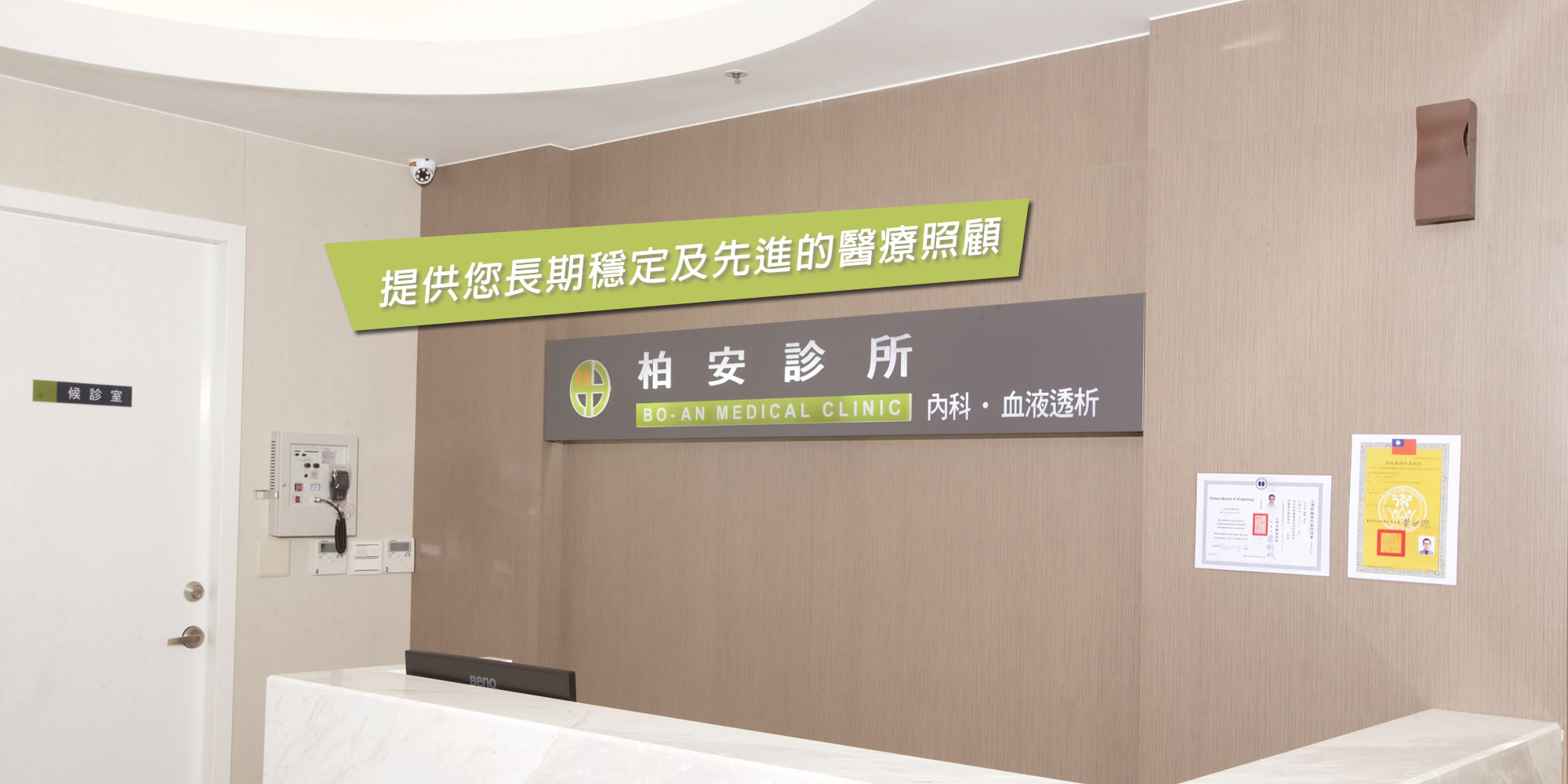MIT PROCESSING , Made in Taiwan
窩客幫 │
工程網 │
家事網 │
加工網 │
MIT製造網 │
MIT新聞網 │
清潔服務 │
搬家網 │
租車網 │
維修網 │
學習網 │
愛美網 │
開鎖網 │
好家網 │
掏客網 │
小華陀 │
野外生活網 │

目前瀏覽人數2073
推薦店家
EMILY&HIRO教練
慶昇食品機械有限公司
聯合農機行
芯慧藝術團
慶惠塗裝工程有限公司-台中外牆拉皮翻修,台中清水模漆,台中外牆拉皮推薦
立崴潛鑽工程有限公司
Marksman 3C- Pag-aayos ng mobile phone, Pag-aayos ng iPhone,
Marksman 3C - Perbaikan ponsel, Perbaikan iPhone, Taoyuan Pe
Marksman 3C- Điện thoại di động sửa chữa, Sửa chữa iPhone, T
潔藝專業汽車鍍膜-汽車鍍膜/台北汽車鍍膜/新北市汽車鍍膜
米家平衡車-台南小米家電,平衡車專賣,台南平衡車專賣
元捷租賃股份有限公司
Y2萬惡電腦-電腦組裝,電競電腦組裝,台北電腦組裝,三重區電腦組裝
GM駒膜-汽車鍍膜,車體鍍膜,台中汽車鍍膜,西屯車體鍍膜
Mit推薦
客戶新選
友站連結
柏安血液透析中心-洗腎中心,台北洗腎中心
店家文章分享
Osteoporosis in CKD G4-G5D
2021-06-18
14 2 月, 2021 / By 王介立醫師
Evenepoel P, Cunningham J, Ferrari S, et al. European Consensus Statement on the diagnosis and management of osteoporosis in chronic kidney disease stages G4-G5D. Nephrol Dial Transplant 2021;36:42-59.
診斷不變:Spine或hip的DXA T score < -2.5
危險因子:傳統危險因子加上CKD-specific risk factor(如:dialysis vintage)
DXA可能會低估骨折風險
推薦DXA篩檢的時機:停經女性、男性大於50歲 (opinion)
主要還是做hip/spine DXA
Trabecular bone score或其它影像檢查,仍需更多證據
以下情形要做vertebral fracture assessment (VFA)或lateral spine imagine:變矮大於4公分、kyphosis、長期服用類固醇。影像檢查也要順便評估aortic calcification
FRAX可適用
b-ALP可能有用
五十歲以上且已有major osteoporotic fracture (MOF)者,可免檢查直接治療
無MOF者,用T score < -2.5 (或-2.0至-1.5)做為治療條件
要處理好CKD-MBD
Antiresorptive agents可能有效
Bisphosphonates的renal risks仍有待研究
Denosumab不會造成腎功能喪失
停用denosumab可能造成vertebral fracture的風險增加
建議監控不受腎功能影響的指標:b-ALP、intact procollagen type I N-propeptide、tartrate-resistant acid phosphatase 5b
Bone remodelling的核心機轉:Wnt/β-catenin pathway及PTH
持續高PTH:造成骨再吸收
間歇性PTH:造成bone mass增加
PTH對骨頭的catabolic action主要透過OPG–RANKL–RANK pathway
PTH對骨頭的anabolic action主要透過canonical Wnt/β-catenin signalling
CKD-MBD的一個成份為骨頭的PTH hyporesponsiveness
高PTH主要造成cortical bone loss,因此CKD病患常見peripheral fractures
CKD的特色為加速老化,因此primary osteoporosis也可能很重要
DXA無法分辨cortical vs trabecular bone,也無法分辨bone volume vs mineralization
KDIGO建議做DXA的時機:CKD G3a-5D加上有CKD-MBD and/or 骨鬆危險因子,且結果能改變治療
理論上DXA選cortical bone較多處 (mid-radius 90%, femoral neck 75%),較能反應骨折風險,但目前無實證
DXA在大部份病人可等2年以上再重新追蹤
Vertebral fracture採用ISCD建議
QCT在CKD族群可能比DXA更敏感能偵測hip bone loss
在治療方面,CKD G1-3視同一般族群
目前仍無生物指標能取代骨切片
鈣之攝取建議未明
維持25(OH)D在25-30 ng/mL
應避免large intermittent nutritional vitamin D,因為會增加骨折風險
維它命K之攝取建議未明
治療可升BMD (trials)及降骨折風險 (post-hoc analysis),但實證僅限於停經女性及50歲以上男性(年輕CKD未知)。包含nitrogen-containing bisphosphonates (alendronate、ibandronate、risedronate、zoledronic acid)、denosumab及PTH analogues (teriparatide、abaloparatide)
Bisphosphonates結論:off-label use、建議用IV form
Denosumab因為效果無法持續,應該一直用或者followed by其它antiresorptive therapy
Romosozumab為anti-sclerosin antibody,目前仍缺data
Pragmatic approach to patients with CKD G4–G5D and osteoporosis.
其它店家文章
2021-06-18
2021-06-18
2021-06-18
2021-06-18
2021-06-17
2021-06-17
2021-06-17
2021-06-17
2021-06-17
2021-06-17
2021-06-17
2021-06-17
2021-06-17
2021-06-17
2021-06-17
2021-06-17
2021-06-17
2021-06-17
2021-06-17
2021-06-17
2021-06-17
2021-06-17
2021-06-17
2021-06-17
2021-06-17
2021-06-17
2021-06-17
2021-06-17
2021-06-17
2021-06-17
2021-06-17
2021-06-17
2021-06-17
2021-06-17
2021-06-17
2021-06-17
2021-06-17
2021-06-17
2021-06-17
2021-06-17
2021-06-17
2021-06-17
2021-06-16
2021-06-16
2021-06-16
2021-06-16
2021-06-16
2021-06-16
2021-06-16
2021-06-16
2021-06-16
2021-06-16
2021-06-16
2021-06-16
2021-06-16
2021-06-16
2021-06-16
2021-06-16
2021-06-16
2021-06-16
2021-06-16
2021-06-16
2021-06-16
2021-06-16
2021-06-16
2021-06-16
2021-06-16
2021-06-16
2021-06-16
2021-06-16
2021-06-16
2021-06-16
2021-06-16
2021-06-16
2021-06-16
2021-06-16
2021-06-16
2021-06-16
2021-06-16
2021-06-16
2021-06-16
2021-06-16
2021-06-16
2021-06-16
2021-06-16
2021-06-16
2021-06-16
2021-06-16
2021-06-16
2021-06-16
2021-06-16
2021-06-16
2021-06-16
2021-06-16
2021-06-16
2021-06-15
2021-06-15
2021-06-15
2021-06-15
2021-06-15
2021-06-15
2021-06-15
2021-06-15
2021-06-15
2021-06-15
2021-06-15
2021-06-15
2021-06-15
2021-06-15
2021-06-15
2021-06-15
2021-06-15
2021-06-15
2021-06-15
2021-06-15
2021-06-15
2021-06-15
2021-06-15
2021-06-15
2021-06-15
2021-06-15
2021-06-15
2021-06-15
2021-06-15
2021-06-15
2021-06-15
2021-06-15
2021-06-15
2021-06-15
2021-06-15
2021-06-15
2021-06-15
2021-06-15
2021-06-15
2021-06-15
2021-06-15
2021-06-15
2021-06-15
2021-06-15
2021-06-15
2021-06-15
2021-06-15
2021-06-15
2021-06-15
2021-06-15
2021-06-15
2021-06-15
2021-06-12
2021-06-12
2021-06-12
2021-06-12
2021-06-04
2021-06-04
2021-06-04
2021-06-04
2021-06-04
2021-06-04
2021-06-04
2021-06-04
2021-06-04
2021-06-04
2021-06-04
2021-06-04
2021-06-04
2021-06-04
2021-06-04
2021-06-04
2021-06-04
2021-06-04
2021-06-04
2021-06-04
2021-06-04
2021-06-04
2021-06-04
2021-06-04
2021-06-04
2021-06-04
2021-06-04
2021-06-04
2021-06-03
2021-06-03
2021-06-03
2021-06-03
2021-06-03
2021-06-03
2021-06-03
2021-06-03
服務項目:
特別關鍵字:
洗腎,台北洗腎,中山區洗腎,蘆洲區洗腎,三重區洗腎,洗腎中心,台北洗腎中心,中山區洗腎中心,蘆洲區洗腎中心,三重區洗腎中心,洗腎中心推薦,台北洗腎中心推薦,中山區洗腎中心推薦,蘆洲區洗腎中心推薦,三重區洗腎中心推薦
其它相關店家資訊




